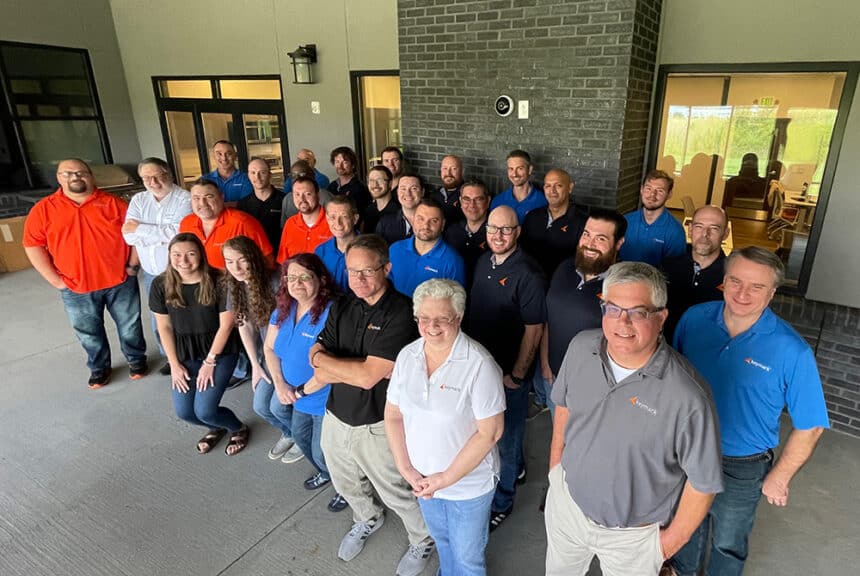There are a lot of OnBase Best Practices related to all different portions of the software.
There are Best Practices for setting up and maintaining the Database; for scanning document batches; for setting up Workflow and Workview; even for creating Disk Groups, Users and User Groups.
But there are 4 Best Practices that are more basic and more important than all of these. Each of these will increase your system’s reliability and usability, and provide ROI that is almost instant once completed.
Every OnBase System, regardless of size, configuration, volume or Modules used, will benefit from these 4 Best Practices. To make it easy, we’ve split these into two sets of tips- be sure to check back next week for the last two!
1. Train Your Administrators
A trained administrator can ensure your system is set up in an optimal way and make changes to the system with minimal impact to users. They can also anticipate and plan for future requirements, solve system issues quickly and efficiently, and work closely with KeyMark Support when issues arise to solve problems as fast as possible.
OnBase System Administrator training, targeted training for your system, and in-depth training based on your particular licenses may all be available from Hyland or KeyMark directly! Contact your Account Manager for details on both options.
2. Document Your System
Proper System Documentation ensures that changes won’t cause unexpected problems.
Changing a document type name may seem small, but what if that name is hard-coded into a script? Documentation of the function of a Workflow (where documents come from, how they are processed, where they go) can prevent processing and logical loops.
Consistent naming conventions – which make it easier for everyone to understand how the system operates and integrates with other areas of OnBase (or other systems) – keep your configuration coherent and logical.
Change tracking is easier with dates and descriptions of changes documented, as well as a record of who made the changes. Troubleshooting becomes easier, too.
An overview of your system and its components can make narrowing down the source of an issue much easier. If the person who designed a particular process is unavailable when issues arise, your documentation can explain the purpose and function that might not be apparent. And, of course, documentation is particularly critical when personnel changes.
These two ever-important practices are tried and true methods to maintaining your system and ensuring you get the best return out of your investment. Don’t worry, though- there’s more where this came from!
Check the blog next week for two more fool-proof tips for maintaining the best OnBase system you can have.
Take the Next Step
We can help you decide pretty quickly whether this would be a good fit for your organization. With 20+ years of experience in automation, we just need about 5 minutes of Q&A.



